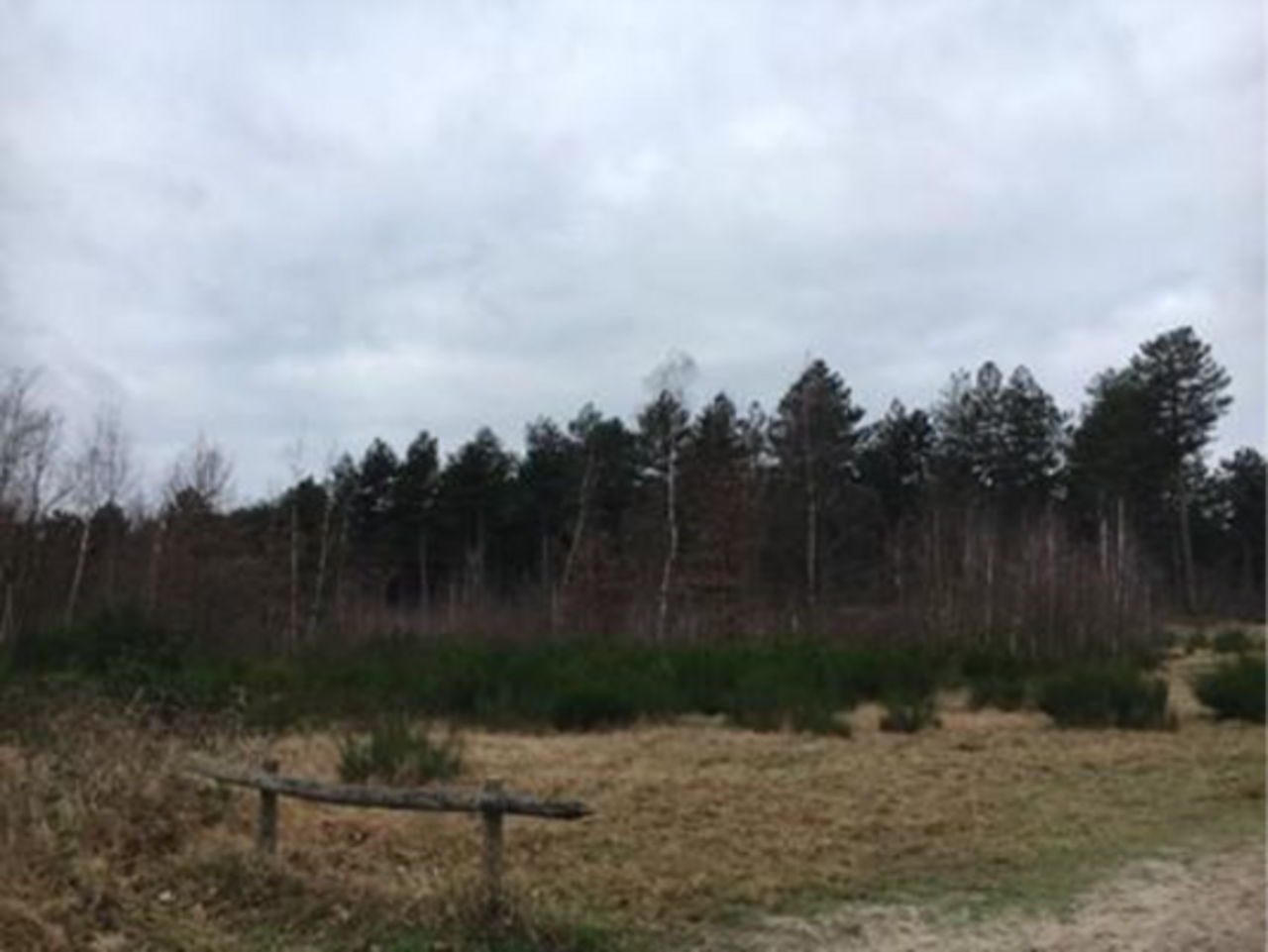Projected ecosystem data - The Netherlands

Projected ecosystem data - The Netherlands
EFISCEN-Space is a forest resource projection model, used to gain insights into the future development of forests. The model is used to follow restoration scenarios in the different demo areas. In this case, in the restoration actions in the Dutch demo.
The forests in the Dutch demo area are still relatively young, located in an intensive agricultural landscape. The main restoration actions focus on revitalising existing forests, particularly fragmented old Pinus sylvestris plantations. The revitalisation measures focus on transitioning degraded forests into more diverse and complex ecosystems, with the the aim to facilitate the improvement of soil conditions, thereby increasing tree vitality and overall ecosystem functionality. This Dutch demo projection report is part of the deliverable D6.5 on projected ecosystem data. The forest development under varying restoration scenarios is projected for the upcoming 30-years, till 2055 using the EFISCEN-Space model under RCP 4.5. Four scenarios are simulated. In the business as usual (BAU) scenario, forest development under current management is simulated. In the first and second restoration scenario, a "doom" scenario is simulated, in which all Pinus sylvestris die off. In restoration scenario 1, no investments are made in planting new trees, while in restoration scenario 2, young trees are planted. In the final scenario, restoration scenario 3, the SUPERB restoration actions are simulated on a larger scale. The models’ projections show that both BAU and scenario 3 result in similar development. However, in scenario 3, the share of one dominant species is smaller, which makes it a more resilient forest for the future and with the planting of rich litter species, forest soil conditions improve. Since different strategies lead to varied outcomes, restoration should be tailored towards the desired restoration goals. Planting new species can help create a more diverse and resilient forest, better adapted to future conditions, and introduce species that are not yet to be found in the forest.
- Monitoring & Projecting
- Landowners & Practitioners
- Planners & Implementers
- Policy Actors
- Atlantic
- Netherlands

